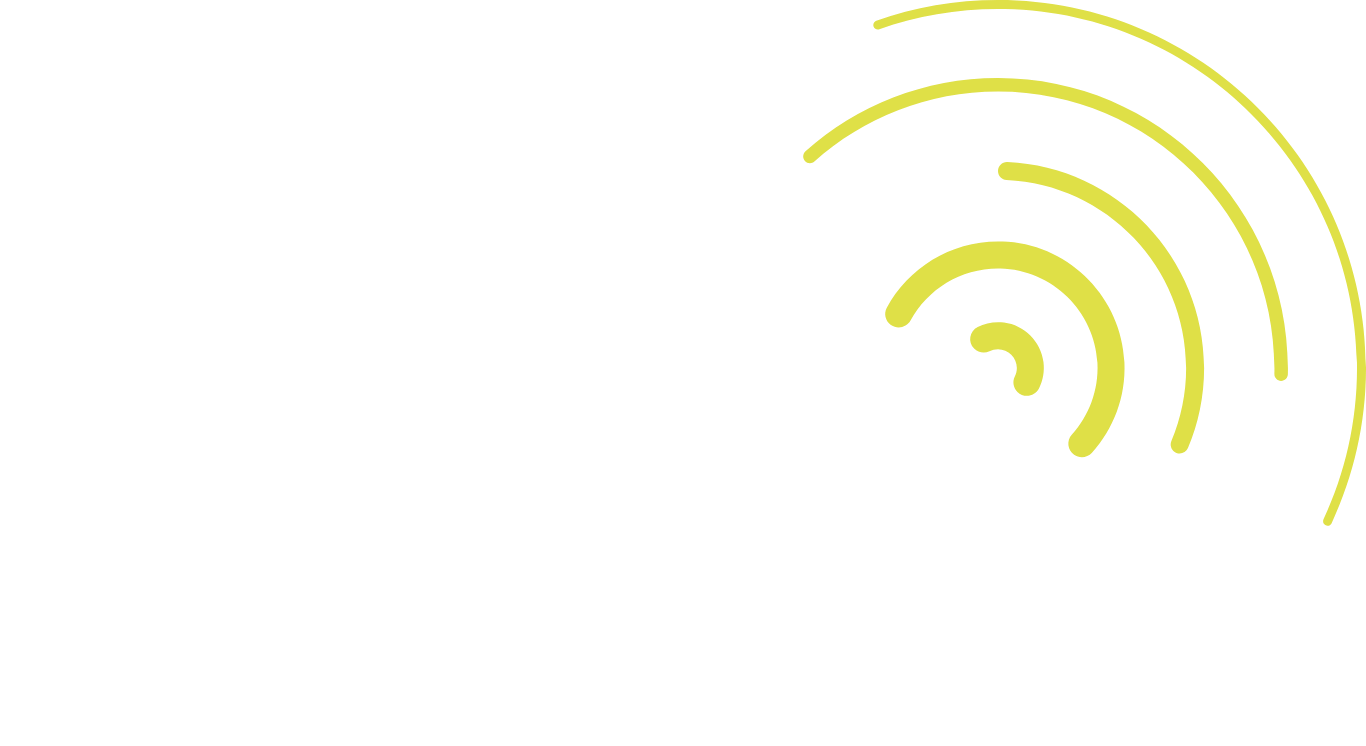The Internet of things (IoT) is one of the most discussed issues by technologists, investors and government bodies, together with artificial intelligence (AI) and big data, forming the today technological triad. The basic principle behind IoT is simple: you cannot supervise or control something without measuring it. In such a scenario, devices (sensors & actuators) embedded into plants express their experiences and software algorithms generalize (learn) to achieve system optimization. Benefits of using this triad, whatever the application is, are unquestionable, and increase with the system running thanks to its self-tuning ability.
Any business or daily activity can be improved or become more efficient with information technology (IT). It handles the details and complexity of the processes, increasing the abstraction level of the organization managers leaving them to concentrate on strategy issues, not to mention its higher accuracy and its ability to support 24/7 schedules. After the gather (sensing) of data, IT takes place with big data and AI techniques. Big data technology concerns with data preparation, as they typically come in high volume, high variety and high velocity, selecting relevant information for (always limited) computational processing. In the sequence, AI, mainly supported by machine learning (ML) techniques, maximizes the chances of achieving the best system results.
As its forerunner machine-to-machine (M2M), IoT may be stacked in three layers, being them the device or “perception layer”, the “network layer” and the “application layer”. The perception layer is populated with devices, also known as end nodes (HW+FW), whose architecture typically comprises a sensor (or actuator), a low power microcontroller, a power management unit (PMU) and a RF module with antenna, in addition to the batteries (e.g., two AA batteries) able to last for years. And, eventually, energy harvesting circuitry for maintenance-free solutions. The end node must include procedures which guarantees device security (e.g., encryption, authentication) aiming trusted boot, trusted firmware update and trusted operation.
The network layer may be divided into “network access” and “middleware”, the latter being implemented by IoT platforms, many of them derived from cloud computing platforms originally conceived for web services (e.g., Amazon AWS, Google Cloud & Microsoft Azure) and now tuned to functions such as device management, network management and application enablement. It should be noted that IoT Platforms make software development kits (SDK) available to developers to build applications running on IoT devices and backend applications hosted in the IoT cloud, minimizing coding effort.
There may be situations where there is a need to analyze data on (near) devices, i.e., at the edge. To attend to these requirements, IoT edge platforms or edge modules are deployed. Such platforms move parts of the workload from the cloud to the edge. Edge modules are targeted to critical applications, where latency, security and cost of transmitting data to the cloud matters.
Connectivity (network access) plays an important role in the IoT environment. Even though the value of the Telecom system is just a small fraction of the overall IoT budget, it acts as a commodity for IoT. With connectivity achieved, much of the system development effort is accomplished via software coding. Access network is a de facto bottleneck within the IoT ecosystem, especially to those targeted to long-range applications. A decade ago, low power wide area network (LPWAN) disruptive technologies have been presented to solve the main IoT challenge, i.e., connecting low power devices spread in a vast area. Sigfox, since 2009, and LoRa, since 2015, have been the main initiatives.
Sigfox is a proprietary network leaving the development of end nodes and applications to the users. It uses ultra-narrow band (UNB) technology achieving good interference immunity within non-licensed spectrum (ISM band). Its 158 dB link budget achieves high end node density per access point (1.8MM devices w/ 10 msg/day). Low data volume and low granularity (140 UL msg/day w/ 12 bytes of payload, 4 DL msg/day w/ 8 bytes of payload) and limitations for over-the-air (OTA) firmware updates are the main drawbacks for the applications. Today, Sigfox RF module may be as low as US$ 2.0 FOB and is expected to drop by half in the coming years. Sigfox connectivity cost starts from US$ 1 FOB per year for two msg/day.
LoRa, also using ISM sub-GHz RF bands, is “nearly” an open-source LPWAN. It uses chirp spread spectrum (CSS) modulation scheme, defined for its physical layer (LoRa Phy), provided by a California based IC company. LoRaWAN is its media access control (MAC) sublayer that manages the communication between gateways and end-nodes, being supported by LoRa Alliance. The maximum payload is about 250 bytes. Sigfox and LoRa can be adapted to make use of licensed spectrum. WND and American Tower are Brazil IoT operators for Sigfox and LoRa, respectively.
In such IoT rush, traditional telecom operators are also showing solutions behind a chance to surf in this wave, compensating lower revenues from smartphones services and the decreasing rate of new subscribers each year, adapting to support dozens or hundreds of billions of things in near future. NB-IoT and LTE-M, 4G based technologies, have been implemented for this purpose, the former meeting low-power requirements and significantly reducing end node complexity (10% of a typical smartphone), and the latter providing higher rates and lower latencies aimed to mission critical applications. The big deal with these solutions is that they are accomplished with software upgrade in radio base stations (RBS). The refarming of 2G spectrum for 4G is also taking place, improving network coverage.
The arrival of 5G, starting from 2019 (2022 in Brazil), promises changing the way IoT business are conducted. 5G IoT support will be accomplished by massive machine type communications (MMTC) service category. Also, network slicing provisioning will substantially minimize IoT Opex. In this scenario, neutrality of network services provided by traditional telecom operators should be discussed, which means that telcos should offer services in a variety of settings.
To deal with high granularity and massive communication scenarios, message protocols have gained evidence in IoT ecosystems. We highlight message queuing telemetry transport (MQTT), a message broker protocol for communicating devices to servers (D2S) in a many-to-many message passing scheme. Its applications range from home automation or traffic light control to mission critical supervisory control and data acquisition (SCADA) systems used by industries and utilities. Initially designed by private companies and today an open standard, MQTT allows publish/subscribe messaging making careful use of limited network resources.
The application layer hosts the “smart Xs” (verticals): smart city, smart farming, smart health, smart logistics, smart factory, etc. and their subclasses. E.g., smart mobility, smart waste and (smart) public safety may be subclasses of a smart city implementation. Challenges in effective implementations of complete IoT systems reside in the application of multidisciplinary knowledge, coverage (for some verticals), security in the three domains (device, network and cloud) and business plans, which are central to make IoT systems profitable and sustainable.
Brazil is becoming a valley of opportunities for IoT investors. A federal action plan, named “National IoT Plan”, led by Ministry of Science, Technology and Innovations (MCTI) is already underway. The plan aims to accelerate the implementation of IoT as an instrument of sustainable development, able to integrate productive chains and increase economy competitiveness. Four verticals were selected: smart city (mobility, public safety, energy efficiency, smart water), smart farming (agrobusiness), smart factory (industry 4.0) and smart health (chronic diseases, prevention, management).
Centre-West region, in special Goiás state, with demands aligned with the priority areas defined by BNDES (Brazilian Development Bank) IoT study, which served as the basis for this plan, has arisen as a real IoT case considering its privileged central location, agricultural-based economy (soybean & meat complexes), ore complex (nickel, copper & niobium) and pharmaceutical industries, in addition to the aggressive incentive policies in science, technology and innovation of the current government. A program is already taking place in Goiás, the CEAGRE (Center of Excellence in Exponential Agriculture) (https://en.ceagre.com.br/), with the mission to boost agribusiness in an eco-friendly way.
IoT has the potential to transform industries, businesses and societies. An important trend detected in manufacturing industries is that they want to offer their products as services, opening a new frontier where data becomes commodity. But, the development of these systems isn’t a simple task: IoT is complex. At the same time, tech influencers, successful entrepreneurs and industry leading players are convinced that IoT will make systems and businesses more efficient, more sustainable and fairest, in the best sense of the word. The fact is IoT is no longer a concept. Some consider the path for survival in the near future.



